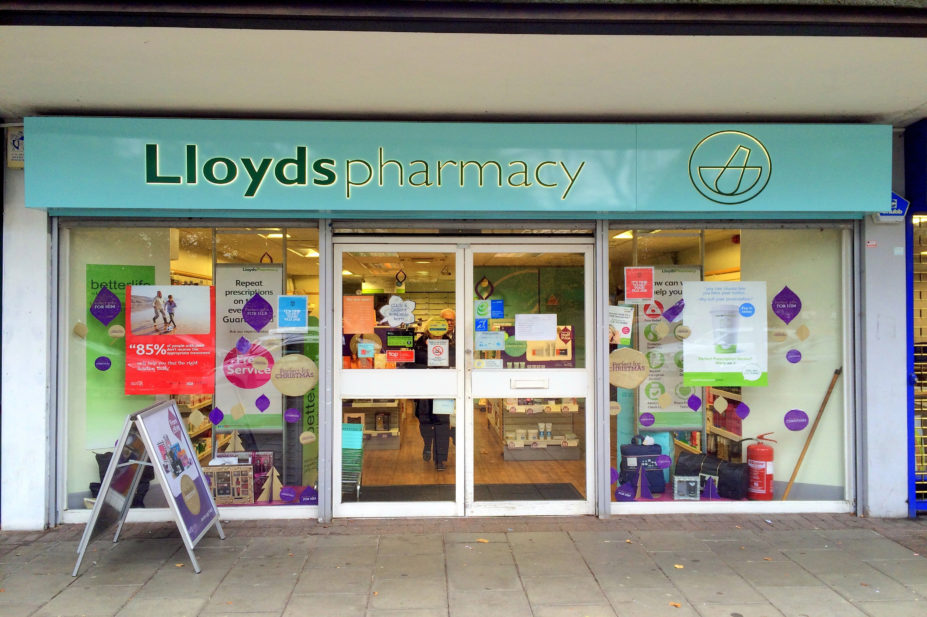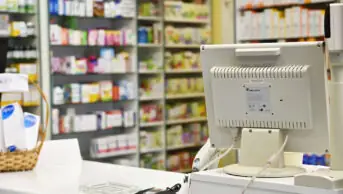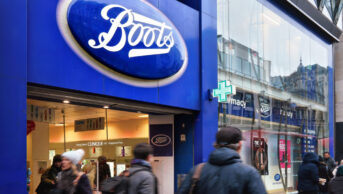
Shutterstock.com
Men working for some of the biggest high street pharmacies earn up to 31% more than their female colleagues, gender pay gap reports have revealed.
All companies employing more than 250 staff were required to publish their gender pay gap by 4 April 2018. They were also required to reveal the gender bonus gap, the proportion of men and women receiving bonuses, and the proportion of men and women in each pay band in the organisation.
Lloydspharmacy had the largest mean pay and bonus gap, with male staff earning an average of 31% more than women per hour as of April 2017, and taking home 228% more in bonuses.
However, when those earning the highest and lowest salaries were excluded and the median pay gap looked at, the difference at the company where 79% of employees are female, was 3%.
Hilary Stables, HR director at Lloydspharmacy’s parent company Celesio UK, said: “Our pay and bonus systems are gender neutral and determined by the value of the role. However, the differences identified in this report show that, like many businesses, we still have some work to do to make our pay as fair as possible.
“Although we recognise that there is a difference between average male and female pay, we do not believe there is a significant gender pay gap issue within any of the Celesio UK companies,” she added.
“The reason for the variance in the figures is complex – some of the difference is due to the fact that we employ a lot of part-time workers (e.g. 75% of LloydsPharmacy roles are part-time) and most part-time roles are filled by female colleagues.”
Boots had a lower mean gender pay gap with male employees earning 21% more on average and 81% more in bonuses, its report showed. At Boots, 64% of female and 40% of male staff work part time.
Although women were receiving lower bonuses, at both Boots and Lloydspharmacy women were more likely to receive some form of bonus compared with men (69% versus 49% and 53% vs. 35% respectively).
Women are doing better in terms of pay at some pharmacies. For example, men working at the family firm Rowlands earned an average 17% more and took home 49% in bonuses – a much smaller difference.
The company said that this is because 82% of its male pharmacists are full time, compared with only 52% of its female pharmacists and that this “has an impact on the mean pay and mean bonus gaps”.
“Our median pay and bonus pay figures reported are however much of the opposite, with females earning greater amounts [at 3.2% and 47% respectively],” its report said.
“We have significantly more females in our directorate and senior management roles than males, meaning that our highest earners are females,” the report added.
An analysis of 220 NHS organisations– 214 trusts plus the Department of Health, National Institute for Health and Care Excellence, Health Education England, Public Health Wales, NHS Resolution (formerly the NHS Litigation Authority) and NHS Digital – which have published gender pay gap data showed that 201 of those organisations (91%) reported a pay gap in favour of men.
This ranged from 0.1% of median hourly pay at Lancashire Teaching Hospitals to 52.5% at Health Education England. Eight organisations (4%) reported a zero difference, and 11 (5%) reported a difference in favour of women.
A lack of confidence, outdated attitudes towards childcare and inequality in recruitment at senior levels were all identified as barriers to women progressing in their pharmacy careers in The Pharmaceutical Journal’s first Twitter chat on the topic of gender inequality in pharmacy.
The Twitter chat, tagged #PJMindTheGap, attracted more than 150 participants, comprised over 1,200 tweets and made over 3 million impressions, with a panel of pharmacist academics, executives, scientists, a pharmacy technician, a journalist and a pharmacy historian leading the discussion.



